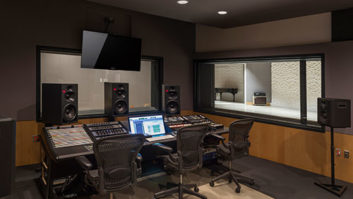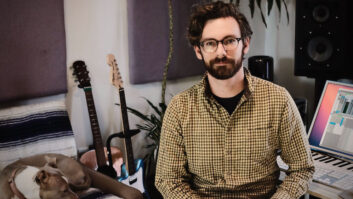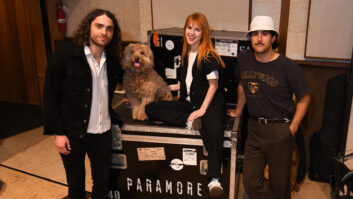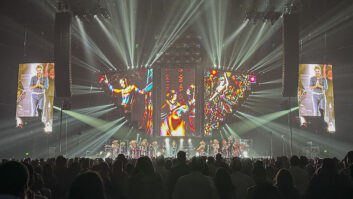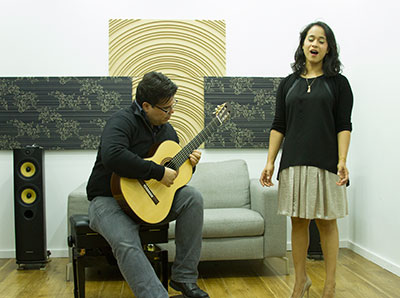
Carlos Rodriguez-Quiros is a renowned classical guitarist with an affinity for sound. From what he hears in his brain to his fingers on the strings, from the reflections and resonances in the hollow body of a guitar to the acoustic, musical energy filling a space, it’s all one sound. When performing, he is able to adapt to the hall and the audience, and be content. He plays with orchestras, ensembles, solo, and with voice. He composes for film. But in his recording career, over the course of many albums in a variety of locations, he has never been completely satisfied with what he’s heard on playback. So he built his own studio.
It seems such a typical story, and it is; artists build studios every day around the world. But Rodriguez-Quiros is not typical, not in the way he relates to sound in a space. He began designing guitars at age 12 under the direction of a luthier in San Juan, Puerto Rico, at the same time his proficiency was developing. Today he has a signature line. He is self-taught in acoustics, and when he set out to build San Juan Mix Suite into the garage/ground floor space of the townhouse he shares with his wife, soprano Gladys Rodriguez-Olleros, he started exploring the relationship between the physics of designing a guitar body and the interaction of sound in a control room/studio.
“I spent hundreds of hours looking into how a room was built and tuned to tracking and mixing,” says Rodriguex-Quiros, freely embracing what he calls his OCD in researching every detail. “When I found Hanson [Hsu, Delta H Design], it was the first time I heard something different. He said that he could take away the walls, take the room out of the equation. I did my research. It sounds crazy, too good to be true, and everyone said it was impossible. But it’s just what we do within a guitar, and it doesn’t really matter the size of the room—my room is 10 feet by 23 feet. When we put up the panels, it sounded like HD.”
But we’re getting ahead of ourselves. Long before he started gutting and framing his downstairs residence, and long before he put up Package Number 6 of the ZR Acoustics wall treatments, Rodriguez-Quiros began concentrating on his front end in a previous incarnation of his studio. He bought a Gordon preamp, Burl conversion, an LA-2A and Pultec for mixing down, and opened up a relationship with noted microphone designer Klaus Heyne.

The mix position, Pro Tools-based with Gordon mic pre’s and Burl conversion, as seen from the tracking space at the rear of the room. Photo: Nina Rodríguez-Quirós
“I have a Brauner Klaus Heyne edition for the studio,” Rodriguez says with obvious pride. “He made Klaus Heyne Version number 2 for me. It was a great experience to work with Klaus. He is a luthier of microphones, and he started out building instruments. The only difference when we talked was that he used technical terms and I used musical terms.”
San Juan Mix Suite is up and running, though still a work in progress. The attention to detail is remarkable in a home-based studio, down to the tree personally selected for its density and used for the floor. At NAMM in January, Rodriguez-Quiros played a show with the fourth model in his guitar line, La Catedral, built for Manuel Adalid of Guitarras Esteve. He used a Royer mic and a set of movable panels developed by Hsu for separation. He liked the hybrid absorptive/diffuse gobo-like panels so much that he’s bought a set to increase the flexibility of his own space.
“From the beginning, from my very first research, I simply wanted a room to record classical guitar where I can press Play and record myself,” Rodriguez-Quiros says. “One space for tracking and mixing the type of music I do, guitar and vocals, where I don’t have limits. It’s small enough to be manageable for one or two people, or we can fit a quartet or drum kit. I wanted full versatility, a big open space with lots of light, near the ocean, where we can make music with no troubles. I wanted it to feel like I’m at home, not in a studio.”
